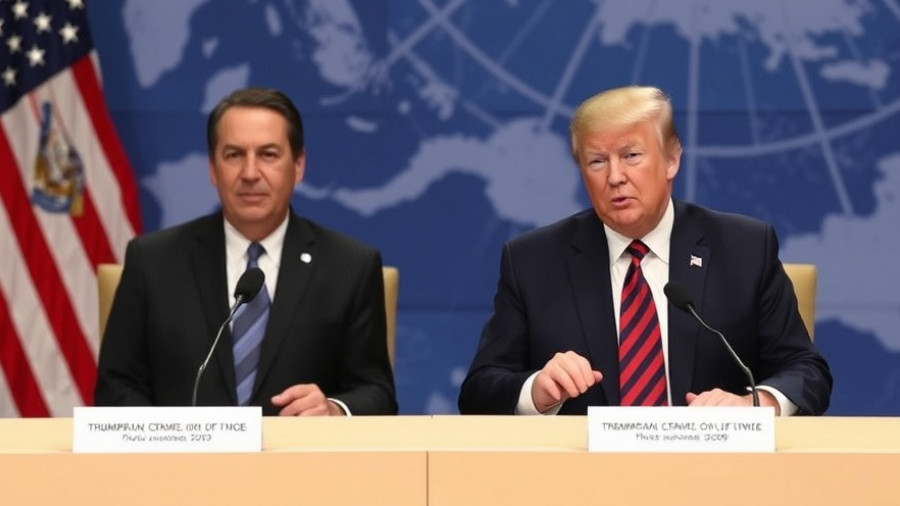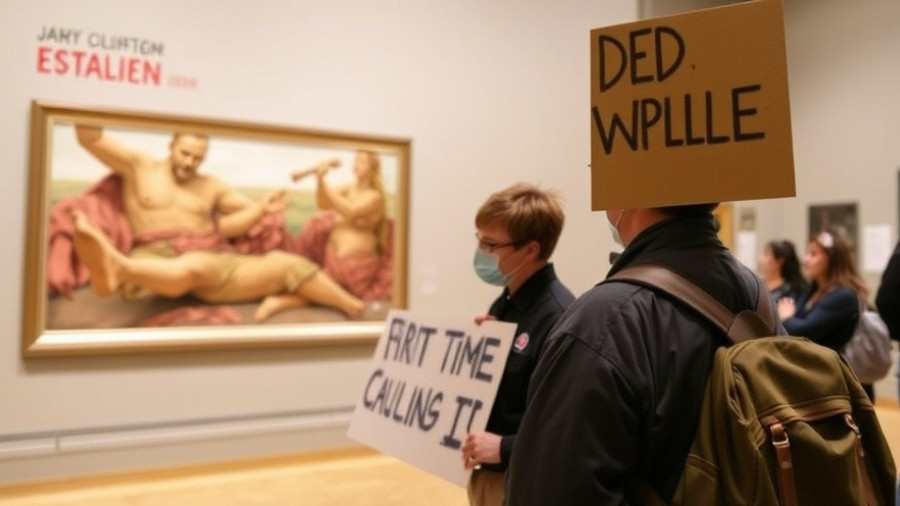
The Green Revolution Begins: New York's Pioneering Move
In a groundbreaking shift towards sustainability, New York has officially become the first state in the United States to mandate that new buildings be constructed entirely without fossil fuels. This transformative rule, known as the All-Electric Buildings Act, marks a significant step in tackling climate change and enhancing the energy efficiency of the state's infrastructure.
Understanding the All-Electric Buildings Act
The All-Electric Buildings Act was initially passed in 2023 and received its final seal of approval from the State Fire Prevention and Building Code Council in July 2025. Under this new regulation, residential buildings up to seven stories and commercial structures below 100,000 square feet are required to operate without any gas or fossil fuel connections by December 31, 2025. Larger commercial buildings will also have a phased introduction of these requirements, with full compliance expected by 2029.
Environmental and Economic Benefits
This ambitious legislation is designed to address the significant contribution of buildings to greenhouse gas emissions; they currently account for 31% of emissions statewide. By transitioning to electric-only buildings, New York aims to reduce energy consumption in homes by an impressive 17%. This could mean substantial savings for residents, potentially reducing utility costs by nearly $5,000 per household over the next 30 years. Furthermore, new studies from the New Buildings Institute suggest that constructing energy-efficient, all-electric homes might save builders between $7,500 to $8,200 compared to traditional methods.
Legal Challenges and Public Support
Despite the positive reception of this act from environmentalists and advocates, legal challenges loom on the horizon. Industry groups have sought intervention from the U.S. Department of Justice to block the act, citing similar past arguments that unjustly overturned a gas ban in Berkeley, California. In contrast, voices like Dawn Wells-Clyburn from PUSH Buffalo celebrate this moment as a powerful message against the fossil fuel industry's influence, emphasizing the prioritization of public health and well-being over corporate profits.
Practical Insights: Preparing for the Transition
For homebuyers, sellers, and property investors in Dumfries and beyond, this ruling presents an opportunity to align real estate investments with sustainability goals. As energy-efficient homes become the norm, the demand for modern, electric-only residences is likely to rise. Prospective buyers might consider this shift as they look for properties that comply with these new regulations, thereby enhancing their long-term investment value.
Explore the Future of Sustainable Living
With sustainability now at the forefront of real estate initiatives, homebuyers should stay informed about how these changes can benefit them. Investing in properties that conform to these forthcoming standards will not only meet regulatory requirements but also contribute positively to environmental impacts. As New York leads the charge, other states are sure to follow, creating a ripple effect of green building practices across the nation.
Your Role in a Sustainable Future
As you consider your options in the property market, think about how adopting electric-only building features can help create a more sustainable environment for future generations. Whether you are buying, selling, or investing, embracing these changes will not only benefit your immediate living conditions but will contribute to a broader movement towards combating climate change.
In summary, New York's All-Electric Buildings Act sets a precedent that blends ecological responsibility with economic prudence. Stay on the cutting edge of this green revolution—invest wisely and prioritize sustainability in your next venture!
 Add Row
Add Row  Add
Add 





Write A Comment